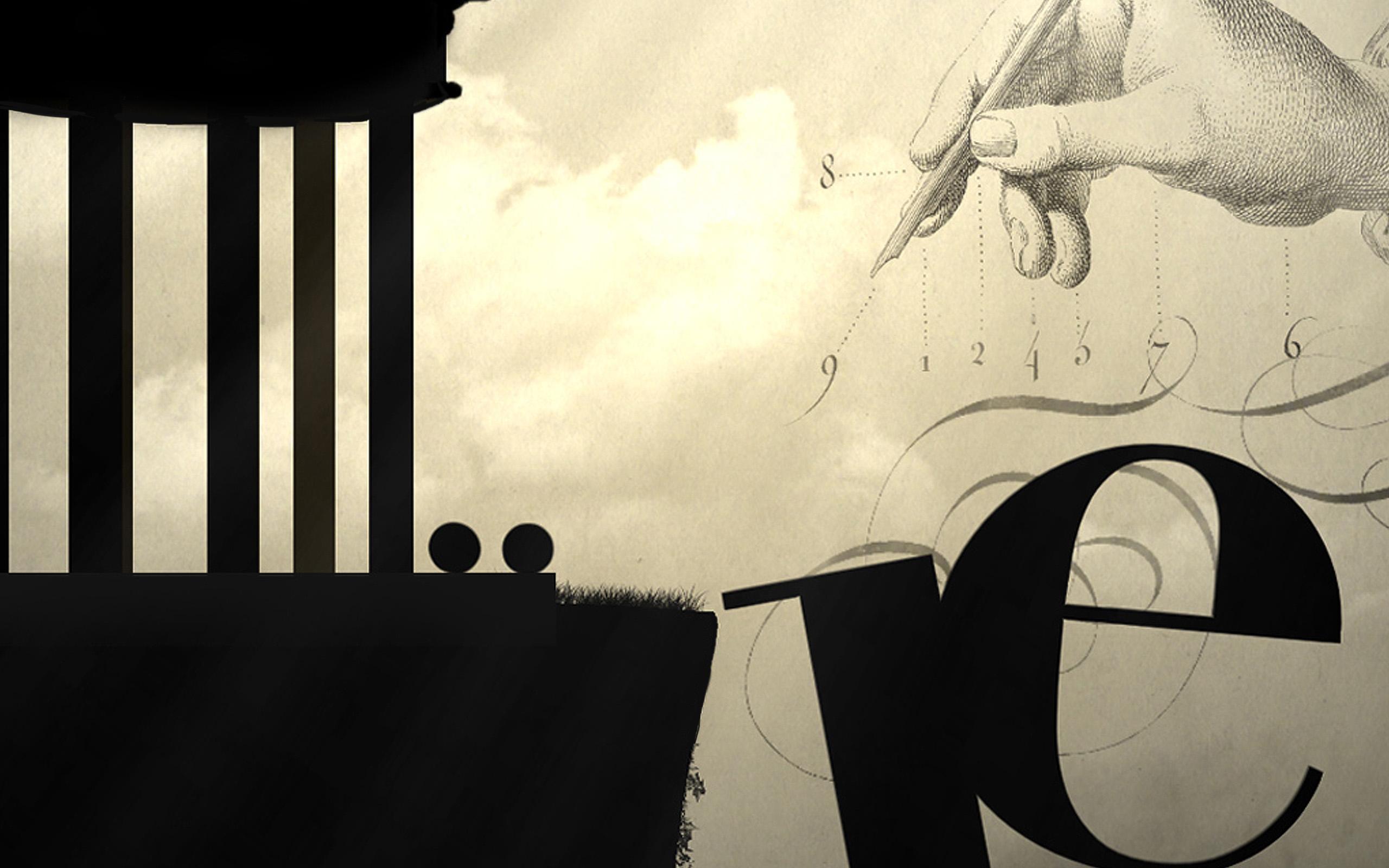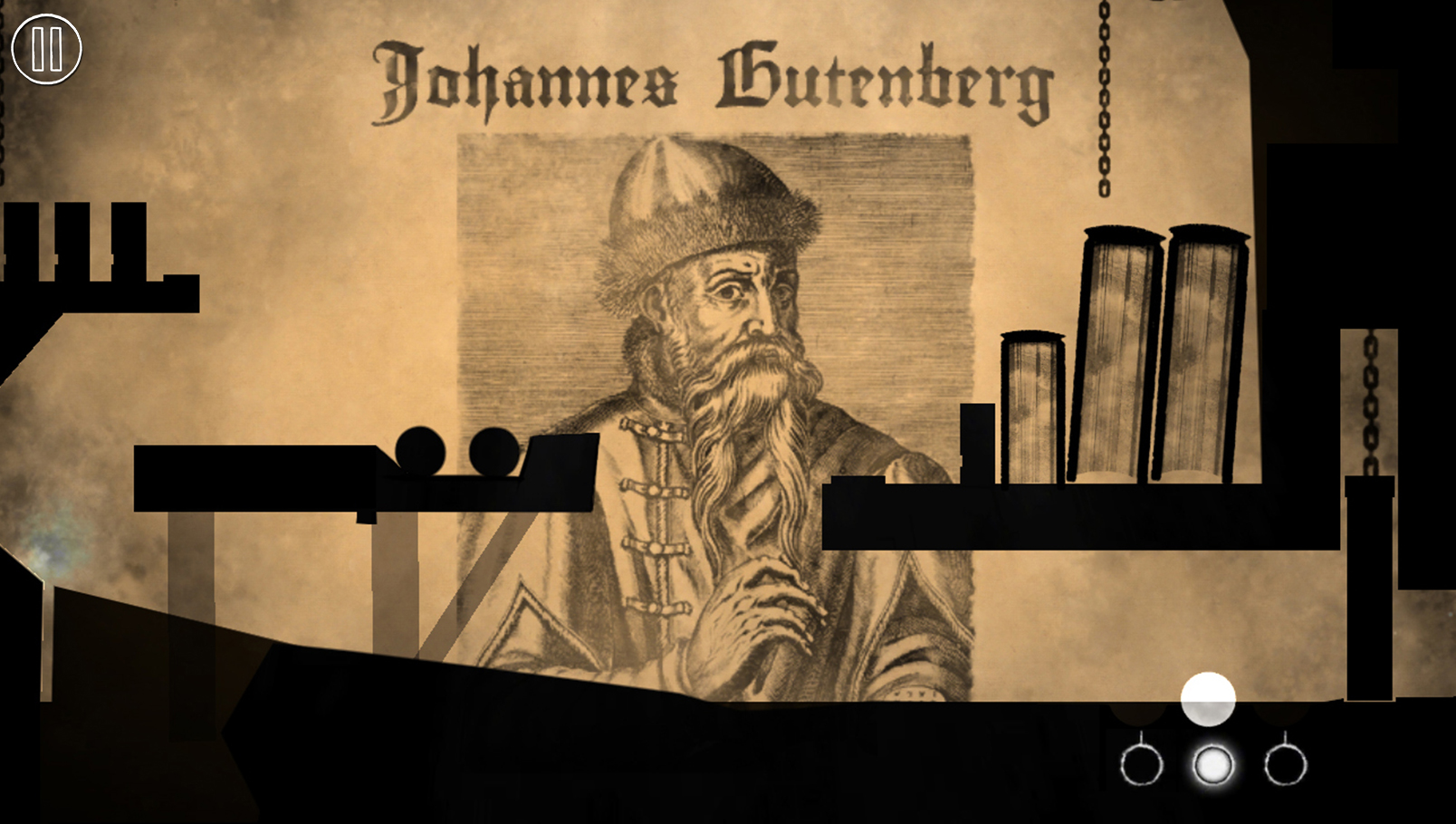Search
[{{{type}}}] {{{reason}}}
{{/data.error.root_cause}}{{{_source.title}}} {{#_source.showPrice}} {{{_source.displayPrice}}} {{/_source.showPrice}}
{{#_source.showLink}} {{/_source.showLink}} {{#_source.showDate}}{{{_source.displayDate}}}
{{/_source.showDate}}{{{_source.description}}}
{{#_source.additionalInfo}}{{#_source.additionalFields}} {{#title}} {{{label}}}: {{{title}}} {{/title}} {{/_source.additionalFields}}
{{/_source.additionalInfo}}- Details
- Category: Switch
- By J.R. Sommerfeldt
- Hits: 2868
Type:Rider (Switch)

Type:Rider
Developed By: Ex Nihilo
Published By: ARTE Experience
Release Date: April 25, 2019
Available On: PS4, Android, iOS, PS Vita, Microsoft Windows, Switch, Linux, macOS
ESRB Rating: E10+, Fantasy Violence
Genre: Platformer, Education
Number of Players: Single-Player
Price: $2.99
We want to thank ARTE for sending us a copy of Type:Rider for the Nintendo Switch. Thank you very much!
As both a writer and pastor, I personally know how important using the proper fonts can be. Fonts are so much more than just the way that letters are written; they convey everything from emotion to urgency. I used to think that typeface fonts were simple artistic expressions of famous people that ended up having those fonts named after them. Boy, was I wrong about that. Little did I know that fonts are the culmination of both history and culture; they themselves tell the stories of the past. How did I find this out? Well, it wasn’t through diving into countless encyclopedias or scouring Google for the answer. No, I discovered this through nothing other than a video game.
The game that I am referring to is Type:Rider, an educational platformer created by developers Ex Nihilo and ARTE Experience. Having done a little reading up on the game before playing it, I was skeptical to see if this was anything more than just riding onto letters as platforms to reach an end goal. Among all my doubts, I can honestly say that I was quite surprised by what I actually experienced.

Strong Points: Fun and creative platforming with unique level design; a great lesson through the history of typology; soothing music; simple game mechanics
Weak Points: A few UI and stability problems within the gameplay; very little replay value; too simple for some players’ tastes
Moral Warnings: A few intense moments with a gun and laser cat (you read that right)
The plot of Type:Rider is very simple: You play as a typographical colon rolling through history discovering the truth about fonts that appeared over the ages. Starting from the origins of print, you roll through various levels that revolve around both the theme and time period of the fonts. Each level consists of 26 English letters and other collectibles that must be gathered to learn more about the history of the typeface. Every time an “@” symbol is collected, a new page in an interactive book is unlocked revealing details about certain pieces of history that may have inspired the way letters are written. Such fonts that have featured levels are Gothic, Garamond, Helvetica, Times, Claremont, Pixel, and yes, even Comic Sans.
As boring as the history of typography may sound on the surface, Type:Rider does an incredible job of making it both exciting and engaging. The levels are designed in such a way to reflect the era and place of origin of the font. Helvetica is a font that originated in the Swiss Alps by artist Max Miedinger in the mid-’50s, so the level is a snow-covered ski lodge-type experience through frost-covered letters and snow blowers. The Claremont font comes from Wild West wanted posters, and its level in Type:Rider reflects that. The levels are so engaging that they actually compel the player to do something that games have never been able to do: read. To fully know why the levels look the way that they do, the player must read the descriptions that come up after informational pages are unlocked. It is an educational and artistic experience that very few video games have been able to supply in the past.
The game mechanics, platforming, and puzzle-solving that occur in Type:Rider are rather simple compared to other titles on the market. This is not a difficult game to get through and can easily be completed 100% in under 2 hours. Reading all of the information gathered from the collectibles takes a little more time, but beyond that, the game is very straight forward. I believe that is by design, though. Each typeface can be selected from a “hub” after the game has been completed, so that allows for this game to be used to teach students in a unique way. I can see a teacher pulling this game up on a projector and playing it as the student marvel at the art and typography presented to them. Perhaps the developers are onto something when it comes to using video games for interactive education.

Higher is better
(10/10 is perfect)
Game Score - 86%
Gameplay - 17/20
Graphics - 9/10
Sound - 10/10
Stability - 3/5
Controls - 5/5
Morality Score - 98%
Violence - 9/10
Language - 10/10
Sexual Content - 10/10
Occult/Supernatural - 10/10
Cultural/Moral/Ethical - 10/10
I thoroughly enjoyed my playthrough of Type:Rider, but I did come across some problems in the gameplay. Despite its beauty, this game is prone to bugs, as some of the platforms require the colon the travel in some rather tight spots. There were some places where the colon would get stuck on a platform or glitch out completely. These were often minor stability issues that did not break the game, but they were there nonetheless. I also found that this game lacks true replay value due to the fact that all the collectibles are very easy to find. The “&” symbol is said to be a challenging McGuffin to find in each level, but I had no problem at all. The simplicity of this game may turn many players away from diving into it.
Type:Rider is an excellent indie title that does what indies do best: it flips the script on video games. This game takes something as simple as typeface and turns it into a grand adventure of puzzle-solving, learning, and discovery. My children enjoyed the game; my 11-year-old son even liked reading the history of the fonts. There are no major moral concerns within this game as all of it revolves around font history and nothing too explicit. There was a moment where a crosshair follows the colon and tries to shoot it in the Claremont level, but that is the extent of the violence that takes place. This is a great game to share with the family and even teachers within local schools. Here’s a quick tip: after you complete the game, head directly left under the water to find the secret Comic Sans level. It is there that you will learn about the modern history of memes and our love of cats.








